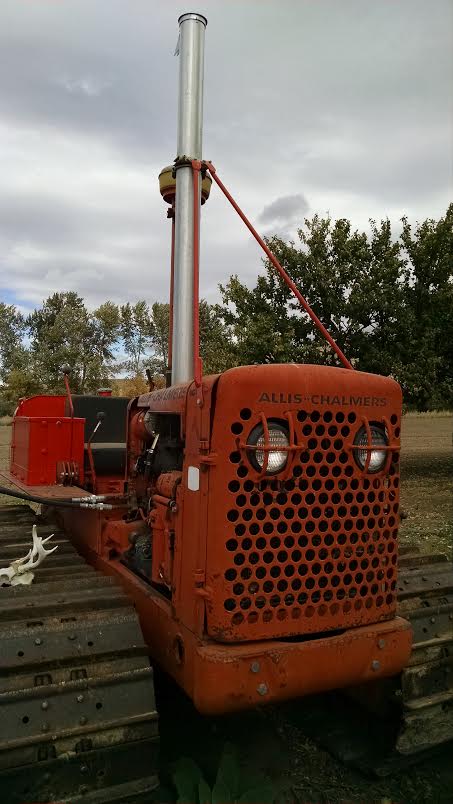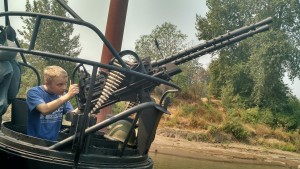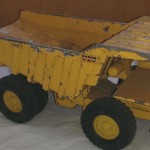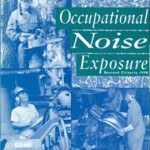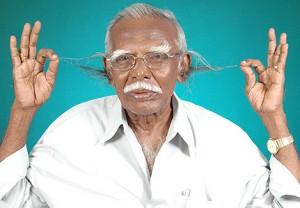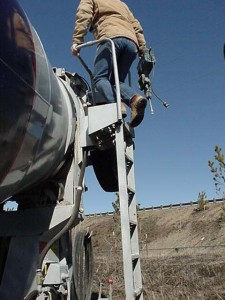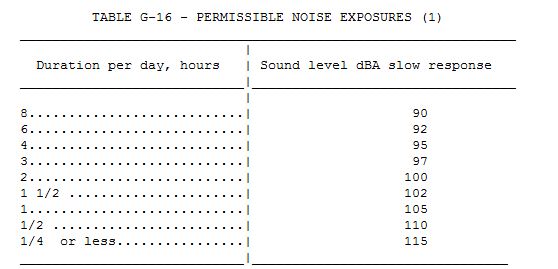Tue 3 Nov 2015
Engineering Controls for noise
Posted by admin under Engineering Controls, Hearing Conservation, hearing protection, Management, Noise, Risk, Uncategorized
Comments Off on Engineering Controls for noise
There are pieces of equipment used in construction which are VERY difficult to control their noise generation; open cabs of equipment, drilling machines, impact drivers/drills, and some mechanical devices are the first to come to mind.
Modifying equipment to control the noise is better than handing out ear plugs. But, before you modify the equipment, does your company have a “Buy Quiet” program? NIOSH & CPWR released some info graphics which can help start you down this road to considering noise levels when purchasing new equipment.
Before modifying equipment to control noise consider:
- Does the manufacturer have a “factory approved” modification already available?
- Are there any liability considerations if you make this change?
- Have you discussed the modifications with:
- The manufacturer? Engineers?
- Operator?
- Mechanics?
- Scope of work?
- How much noise reduction are you hoping to achieve?
- remember noise is logarithmic, so a reduction of  1 dB is achieving a lot…
- but not much practical difference in regards to operations
- Measure noise before and after, both static and dynamic
